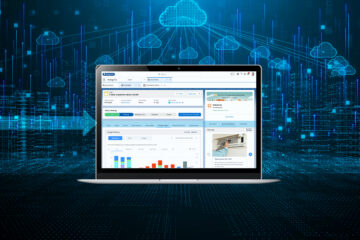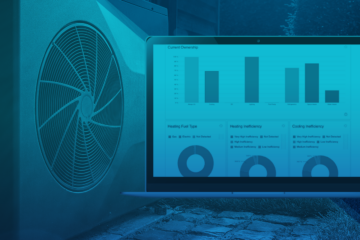Globally, energy customers indicate that receiving personalized messages to support their savings efforts is the top incentive for staying with their current supplier. While this is more significant in competitive energy markets (e.g., Australia, New Zealand, Europe, and select North American markets), it’s an important lesson for all markets about the importance customers place on being seen as an individual and not merely as one of a mass customer base. This is one of the key results from the July 2020 IDC Energy Insights Utilities Consumer Survey.
If it was not already abundantly clear, it is high time that utilities and energy suppliers make personalization their number 1 priority. The risks of not doing so are too great for an industry still plagued by negative net promoter scores (-4 worldwide, -8.5 for Europe, and -14 for Australia), particularly among the newest generation of energy customers (-32 globally for Gen Z). Not only will personalization efforts help improve NPS, but they will substantiate customer experience and tailor the customer journey to build lasting brand loyalty. This is critical if utilities want to transform their value proposition from kWh suppliers to trusted energy advisors — a role that more than 57% of customers do not believe utilities currently fulfill.
So, what is personalization? What do customers expect from their energy suppliers, and how are energy suppliers faring? According to the energy customers surveyed globally by IDC Energy Insights:
- 62.5% of energy customers do not believe they are being offered personalized products and services.
- Almost 50% of energy customers indicate they do not receive the right information at the right time. This strongly relates to utilities’ digital channel shortcomings. In fact, 64% of customers lament that their supplier does not communicate with them using their preferred interaction channel, and 47% complain that utility digital channels are inadequate. These figures jump to 79% and 74% respectively for young customers.
- 48% of energy customers say they are not receiving the right amount of communication. In fact, 55% of energy customers indicate that their energy supplier reaches out to them only once a year or less.
Making personalization a top priority is easier said than done. Data is critical, but only secondary to the fundamental shift required in utility company mindset. Companies need to move away from being business process centric to become wholly customer centric. It requires all departments to act in an orchestrated way to best meet customer preferences and needs. True personalization transcends individual departments — customer service, marketing, sales, and collections.
This might require companies to go so far as to completely rethink their mission — placing customer satisfaction, convenience, and affordability at the forefront. In the long term, putting customers first pays off for investors and/or stakeholders.
So how can energy suppliers improve their personalization game?
- Utilities should prioritize earning a top-of-mind position with customers. This requires upping their interaction game, reaching out to customers more frequently, and delivering information and offers that are pertinent, actionable, relevant, and timely. IDC recently spoke with an energy supplier in Spain that during 2020 launched a massive campaign to help COVID-19 affected customers, prioritizing alerts (based on 24-hour data feed) on unusual consumption to soften bill shock and most importantly to support customers with concrete actions to abate energy consumption and related costs. The endeavor enabled the energy supplier to grow its mobile app users by more than 3.5-fold.
- Suppliers must fix their cross-channel communication approach. Customers should be able to self-serve on their preferred channels and be able to seamlessly switch between them to complete a task. Survey results indicate that almost 70% of energy customers today are unable to start a task on one channel and complete it on another channel. Ease of use needs to be guaranteed for self-serve channels, and channels must mirror one another as much as possible — particularly between the web portal and mobile application.
- They ought to make the most of the data they already have available, and customers’ willingness to share energy usage data. 75% of customers indicate they would be willing to exchange more personal data for improved or less expensive service. Additionally, it is increasingly important to couple with third-party data, such as from social media for customer sentiment. IDC also recently spoke with an energy supplier in the U.K. that due to the financial hardships brought on by COVID, integrated dynamic debt default data into its customer database to identify customers most at risk of defaulting on their next bill. This enables the company to proactively reach out to individuals experiencing a rough patch and to show support and understanding.
Personalization is an investment that rewards energy suppliers across operations and enables a wide range of business improvements. For example, IDC recently spoke with one energy supplier that allowed customers to self-personalize their payment plans for outstanding debt. The company was surprised that customers who were empowered to create their own plans paid back their debt in a shorter time than it had anticipated. Personalization builds trust, and relationships based on trust yield better outcomes.



